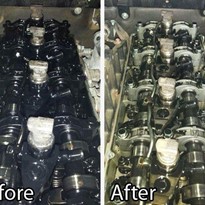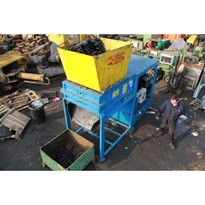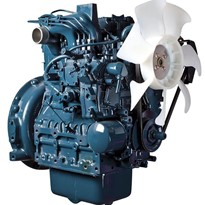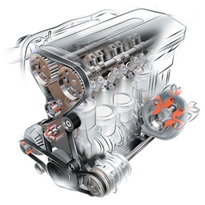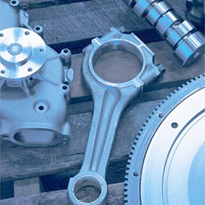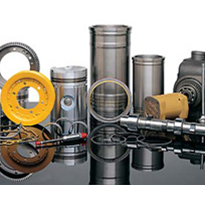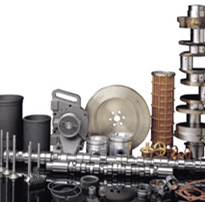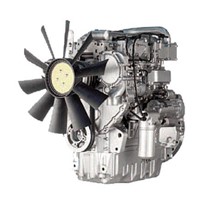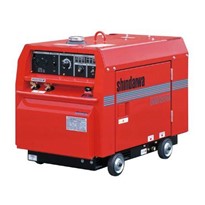Sludge is a gooey, tarlike deposit that reduces or shuts off oil circulation and can mean thousands of dollars to repair or replace an engine that has seized. Sludge also directly causes oil consumption, power loss, high fuel consumption, oil pressure problems, hard starting, blow by and overheating. The problem is well recognized globally, by motoring authorities, and the mechanical servicing industry. In Europe, engine sludge is back to the top of the agenda again, for the first time in about 20 years. Routine engine flushing has once again become the norm throughout both USA and Europe.
Cost Effective Maintenance first became aware of severe sludge issues with small diesel engines in the mid-1980, and successfully developed a Flushing Oil Concentrate to safely remove heavy, persistent engine sludge without dismantling engines...a major breakthrough in reducing costly repairs, labour and vehicle downtime.
How bad and how costly is the problem?
The RACQ advise that sludge can affect almost any make of later model petrol engine and can cause extensive engine damage. Even high quality prestige vehicles have not been immune from the sludge demon with Lexus, Saab and Audi a few in that category. Globally, some 3.3 million Toyota engines have been sludge damaged, and Toyota have been involved in a major class action. Destroy these types of engines, and it'll cost you $4000 to $8000.
Nowadays, a lot of modern low emission truck diesels e.g. Detroit Diesel Series 60, Cummins M11 and Signature engines, Caterpillar 3500 series engines, old Perkins, Detroit 2 strokes, Hinos, etc that can suffer sludge problems join the ranks.
Older mechanical type diesel engines, commonly used in 4x4s & light commercials come with rebuild costs of $6000-8000. Later model common rail type diesels cost around $15,000. Truck type diesels, such as Detroit Series 60 will cost over $20,000 to rebuild. Large mining type engines will see you out of pocket by $250,000 upwards. We all know that oil is an engine's life blood. If sludge prevents its flow, the result WILL be very expensive. Fortunately, there is a window of opportunity to remove accumulated sludge, before an engine seizes, and with regular, effective flushing the risk of further sludge damage can be avoided.
Sludge is an aviation safety risk!
There are serious safety concerns within the aviation industry. Les Lyons is a CASA engine technical specialist. He reports that "a Piper PA-28 Warrior operating under visual flight rules in the UK, suffered a crankshaft fracture and resultant loss of the propeller in flight. The event resulted from oil sludge initiated corrosion inside the crankshaft front bore. Combustion by-products combine with water accumulating in the sump through condensation. The resulting mixture of combustion by-products, water and oil is highly corrosive.
"Having a propeller fall off in front of your eyes is one thing, not being able to feather the prop on a failed engine in a twin prop can be just as frightening. The most common reason for a piston engine aircraft propeller not feathering is oil sludge. Engine oil sludge builds up inside the propeller hub to a level where the feathering mechanism cannot overcome the sludge build up."
How can you fix the sludge problem?
Fortunately, CEM's Flushing Oil Concentrate (FOC) makes the solution very cheap and so easy that anyone who changes their own oil can do it. FOC is formulated on purpose specific detergents which directly target normally persistent sludge and also heavy deposits of carbon that have accumulated, which can cause piston ring sticking and power loss. All these deposits are dissolved and suspended in the oil to be safely removed. FOC will literally restore pristine cleanliness to the engine crankcase. In most cases, one flush is all it takes. The 30 minute job is detailed below …
Read on to find out how the 30 minute job is done >>
For more information, contact Cost Effective Maintenance:
www.costeffective.com.au
sales@costeffective.com.au
or Ph (07) 3376 6188


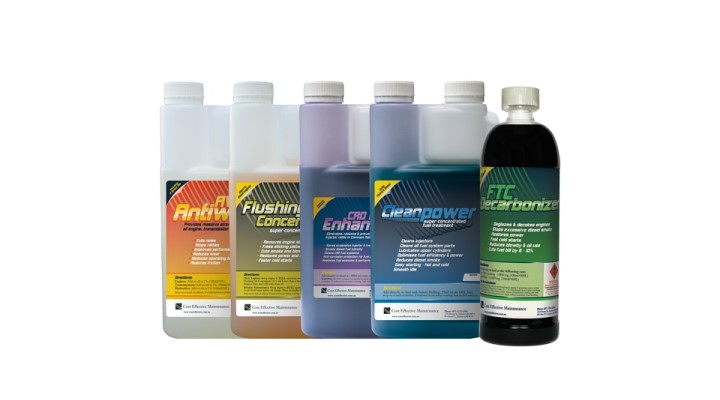
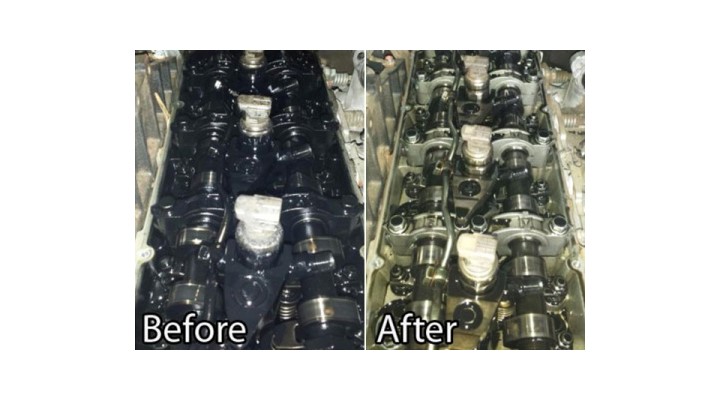
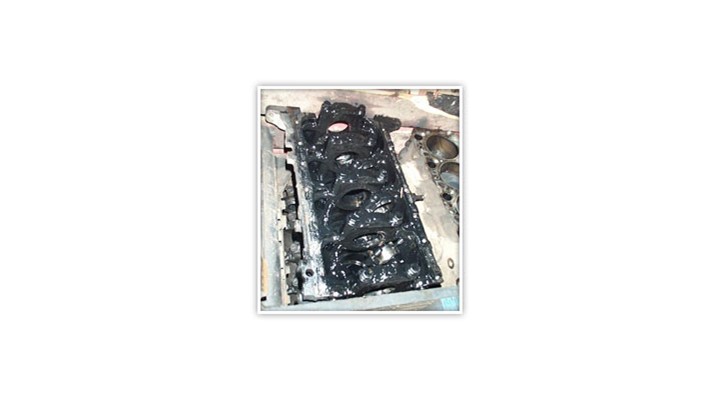
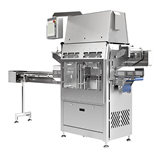
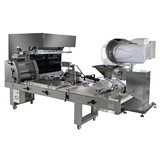
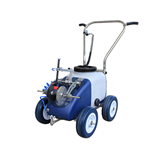

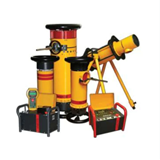

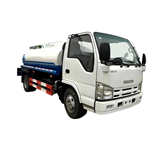


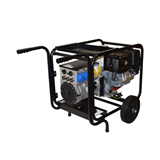





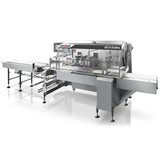





-160x160-state_article-rel-cat.png)
